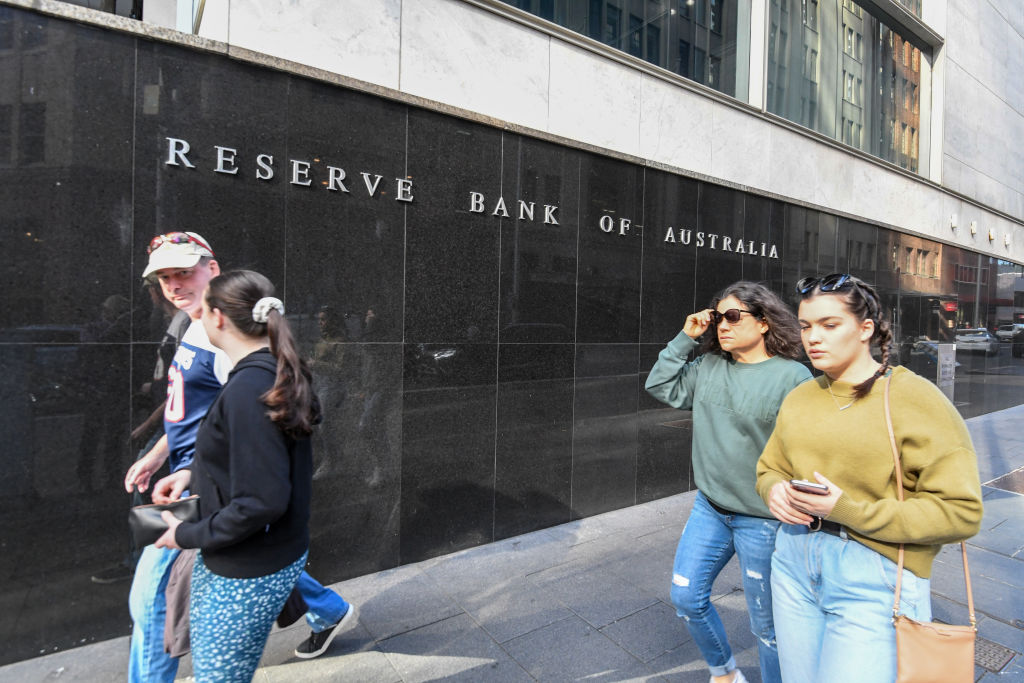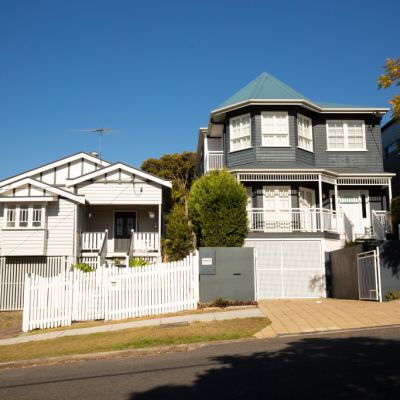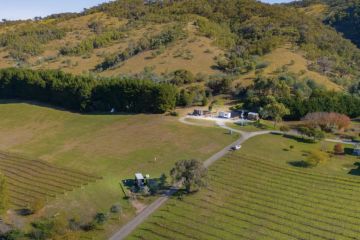March interest rate announcement: RBA holds cash rate at record lows, fueling property price surge

Interest rates are set to stay at the same historically low levels, the Reserve Bank of Australia announced at its March meeting on Tuesday, despite the fact they’re further fuelling the “frenzied” housing market.
The official interest rate is being held at its record rock bottom 0.1 per cent – a rate expected to continue well into the foreseeable future – in a decision that comes as no surprise to market experts.
“They can see how low interest rates are feeding into the economy in a number of different ways in lowering the cost of people’s mortgages and giving them more disposable income,” said HSBC chief economist Paul Bloxham.
“But the RBA is fairly unconcerned about the pick-up in the housing market as they see the housing mechanisms as one of the ways they are supporting the economy. The governor has said before that we’ve had a four-year pause in national housing prices, so they’re comfortable if they rise even further from here.”
More worrying, however, has been the sharp rise in bond yields, which on Friday prompted a sell-off in global equity markets. The RBA stepped in three times last week to buy bonds in an attempt to push the yield down, but it moved only slightly, and is still sitting higher than the policy target of 0.1 per cent.
It’s led to speculation that, while low interest rates will stay for a while yet, they certainly won’t last the three years that the RBA has previously predicted.
While the RBA has repeatedly said the cash rate won’t be increased until inflation is sustainably within the 2 to 3 per cent range — conditions requiring significantly higher wage growth and gains in employment not expected until 2024 — some experts believe a rise will come earlier than that.
“The interest rate will be put up sooner than the late 2023 they indicated,” said Propertybuyer.com.au chief executive Rich Harvey. “The long-term bond yield has started to pick up and is having an effect on the economy.”
“The economy is picking up more quickly than everyone expected, there’s a lot of optimism around and the vaccine is now being rolled out. The RBA may have to adjust its thinking before too long.”
With local business investment bouncing back, and iron ore prices strengthening, the rebound in consumer confidence has caught many economists unawares.
But that optimism is now being felt across Australia, in both metropolitan and regional areas, according to Elders head of home and commercial finance Debbie Ettridge. She believes the RBA’s expectations that the economy will expand 3.5 per cent in both 2021 and 2022 look sound, and the ensuing confidence has led to both first-home buyers and investors flooding back into the market.
“Demand is outstripping supply across the sectors of the market, yields are up and there is a spring in the step,” she said. “From a finance perspective, we are seeing some lenders coming to the party with policy and postcode restrictions being eased both in the residential and commercial sectors.”
“It is fair to say that on the back of the global and national economic outlook, which is cautiously optimistic given quantitative easing and COVID-19 being harnessed through vaccines, we can at least now take a breath and move forward.”
Many indicators suggest it’s onward and upward from here. Australian online marketplace Oneflare, for instance, has released new consumer data that suggests the property market shows signs of further heat while interest rates remain at their current level.
Its latest study has found real estate agent bookings are up 80 per cent, property management bookings are up 63 per cent and – in an indication that people are even keener to upsize, downsize or right-size – removalist bookings are up 82 per cent.
“Never before have we seen this size uptick in property-related jobs on our platform,” said Oneflare chief executive Billy Tucker. “With the Australian Bureau of Statistics recently revealing that a record 8192 loans for home building were approved nationally during December – an extraordinary increase of 15.3 per cent over the previous month’s record result – the property market is showing no signs of slowing down.”
“You really can see the impact of a buoyant housing market play out through our bookings. If people are incentivised to buy, sell and build, it creates thousands of jobs for our nation.”
With unemployment figures less than feared, and hopes that the end of JobKeeper on March 28 and JobSeeker on March 31 will prove no more than a blip on the radar of the long-term health of the nation, inflation is still well below the RBA’s target band, says Mr Bloxham.
“But to get it to lift we still need unemployment to keep falling a lot further to put pressure on sluggish wages growth and flow through into inflation since we have little population growth with no new migrants or foreign students.”
Meanwhile, it’s up to the low cash rate, and rising confidence, to push the housing market on.
“The low interest rate is driving up a frenzied level of activity and we’re seeing some very aggressive buying tactics encouraged by FOMO,” said Mr Harvey.
“We’re now seeing unprecedented numbers at auctions and some desperate buying since there’s limited stock in prime areas, like Sydney’s eastern suburbs, northern beaches, inner west and lower north shore. That will continue as long as we have such cheap money.”
We recommend
We thought you might like
States
Capital Cities
Capital Cities - Rentals
Popular Areas
Allhomes
More










